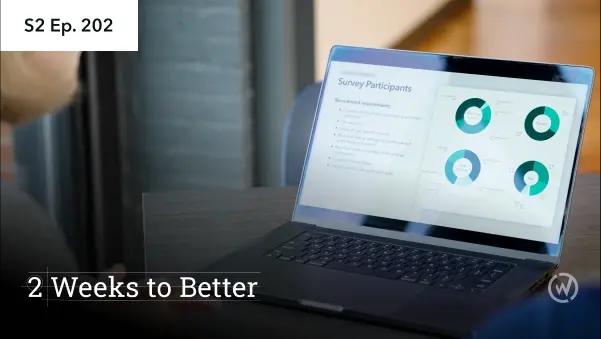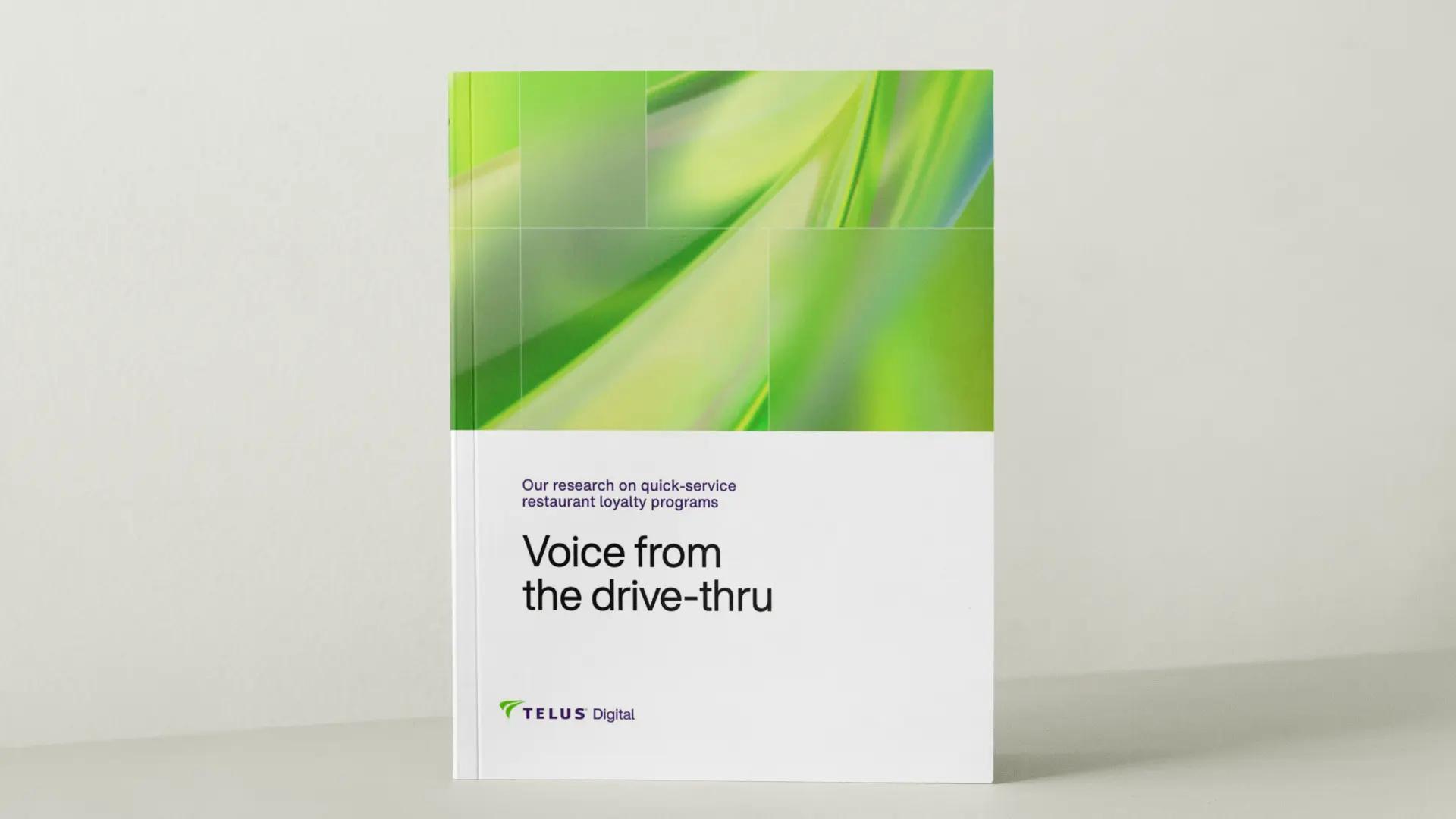Five real-world examples of the value of user research
Claire Maiers
Director of Product Research

Here at TELUS Digital, we center our design and development process on the user. This means that we go beyond executing usability tests during development. While we do test our designs in process, we also leverage in-depth interviews, ethnographic observations and experiments with user groups to identify the patterns and needs that users exhibit outside of digital environments.
To our clients, who are often eager to bring their new digital products to the market, this kind of research can sometimes seem like an unnecessary step that delays product development and launch. However, at TELUS Digital, we recognize that research brings significant value to our projects. By spending time talking to and observing customers, we gain valuable insights that allow us to build better products with higher levels of user engagement.
“You’ve got to start with the customer experience and work backwards to the technology” – Steve Jobs
To bring to life the value that user research provides, we’ve collected some poignant real-life research moments from TELUS Digital team members.
Transforming the Search Feature on a Video Streaming App
by Caroline Hompe, Product Researcher
The Challenge: “While designing a video streaming platform for kids, our designers realized that they didn’t know exactly how children would be using the product or if their patterns of behavior in the app would differ by age.”
The Research: “Our research team set out to understand exactly how children watch video content. We were especially interested in uncovering how kids search and what functionality and features they knew how to use. To get at these issues, we conducted individual usability tests with children ages 3 to 14.”
The Outcome: “One of the most important findings that we uncovered was that children across all age groups search by character rather than title of the program. This finding completely changed the way that our team designed the search features in the platform. We focused on searching by character, rather than video title, and incorporated character images into our strategy for driving engagement.”
Proving the Value of Investing in a New App
by Allaire Welk, PhD, Principal Product Researcher
The Challenge: “I was involved in a recent project for a client in the retail and hygiene industry. They brought us a “14-day challenge” app concept as a potential solution to an adoption issue they were facing. New users were intimidated by their product; they thought it was noisy, messy and didn’t understand how to use it.”
The Research: “Through product research, the team at TELUS Digital was able to do two things. First, we fleshed out the 14-day challenge concept and design features to enhance the user adoption experience. Second, we validated the concept by conducting an experiment (with an experimental group and a control group).”
The Outcome: “We proved that across a 14-day test, users who received the app used our client’s product significantly more than users who didn’t receive the app. In this instance, our research transformed an idea into a product and proved the product’s worth with real users.”
Surfacing Unknown User Pain Points
by Claire Maiers, PhD, Principal Product Researcher
The Challenge: “One of our clients came to us looking for us to build a new version of their existing booking app. They were already aware of some pain points in their current product and were eager to get an improved experience for their customers.”
The Research: “We began by inviting some of their customers to our office for an exploratory focus group. When I asked them how they make decisions about which classes to reserve, the conversation kept returning instead to frustrations around trying to get into classes that already had a waitlist. I asked them to tell me how much energy they use each day in managing their bookings, and as they gave their responses, the frustration in the room was palpable. Users were logging into the app many, many times each day to find out if room had opened up in the classes they wanted to attend.”
The Outcome: “In addition to redesigning the booking feature to better suit the needs of their customers, this insight allowed us to recommend a push notification strategy that would keep users informed of class status without causing such drain and frustration.”
Finding a Point of Differentiation for Entering the Market
by Matthew Morrison, Senior Product Researcher
The Challenge: “A client asked us to come up with an app idea that would appeal to first-time Millennial mothers. Because we knew that tracker apps like BabyCenter were already popular, we wanted to find a way that our client could set themselves apart and gain traction in the market.”
The Research: “When we began interviewing first-time mothers from different backgrounds, we found that mothers are overwhelmed by the amount of advice on how to raise children. To cope, many moms eschew large anonymous baby forums and instead opt for more intimate online forums where they know the other moms. For example, many moms created private Facebook groups for moms in their region to share experiences. These moms trusted the advice of other moms because they could see when they had connections to other moms through mutual friends. In other words, mothers trusted and listened to the advice given by other moms who were in their extended social networks.”
The Outcome: “We realized that our client could make space for themselves in the market by building an app that would use the trust inherent in social networks to deliver content to moms by allowing them to view each other’s mutual friends, exchange advice, and possibly meet up.”
Discovering User Habits and ROI-driving Features
by Ayesha Zafar, Senior Product Researcher
The Challenge: “When we started doing research with Regal Cinemas, we had a lot of questions related to trailers, both those played in-app and the ones played in the theater before the movie.”
The Research: “We found that trailers are something that many users look forward to. Moviegoers arrive early and get seats with the goal of seeing all the trailers. When we interviewed people walking out of theaters, however, we found that most people were only able to remember the first movie trailer, despite trying to recall the other trailers.”
The Outcome: “This insight allowed us to propose a new feature in the Regal app that would show the user a list of movie trailers that played before the movie they had just seen as they exited the theater. By triggering memories of movie trailers and allowing users to set a reminder to catch those movies in theaters, this feature would drive ticket sales. This feature would never have occurred to us without spending so much time with users.”
Conclusion
These short illustrations show the ways in which we at TELUS Digital employ user research to inform feature conceptualization and refinement, to validate concepts and to create product differentiation. More broadly, we utilize research to make sure we understand user needs, their everyday context and their digital ecosystem. It is that perspective that allows us to build effective and successful products that people love.



